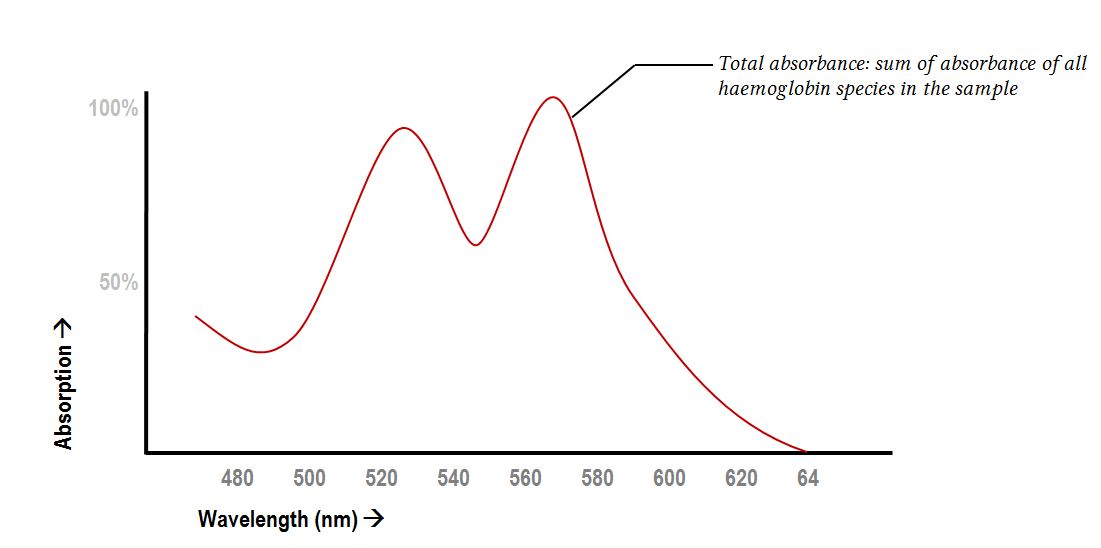NanoDrop Eight Spectrophotometer F1 ClipTip Bundle. Nucleic acid protein cell culture and custom methods.
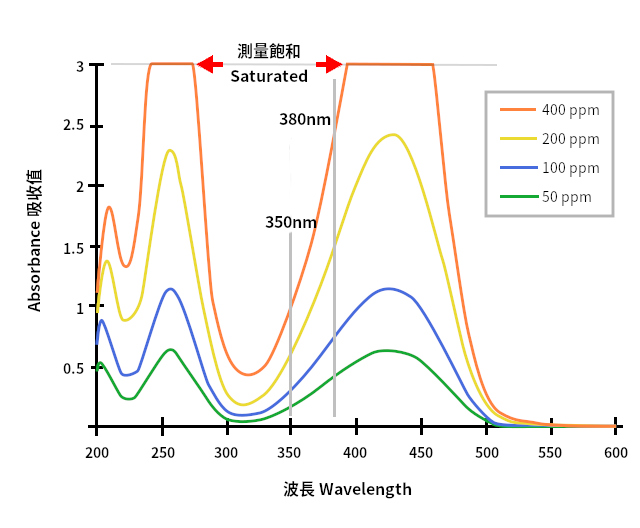
Acttr Inc Understanding Spectrophotometer 4 Quantitative Analysis

2 1 5 Spectrophotometry Chemistry Libretexts
Chem 125 Experiment Ii
2048-element CMOS linear image sensor.

What is absorbance in spectrophotometer. The dynamics of the bacterial growth can be studied by plotting the cell growth absorbance versus the incubation time or log of cell number versus time. Spectrophotometry uses photometers known as spectrophotometers that can measure the intensity of a light beam at different wavelengthsAlthough spectrophotometry is most commonly applied to. You are telling the spectrophotometer that whatever light it is measuring should be equal to zero absorbance.
Absorbance is defined as the logarithm of the ratio of incident to transmitted radiant power through a sample excluding the effects on cell walls. Absorbance can also be calculated using the ratio between the intensity of a reference sample and the unknown sample. Learn about the definition parts and uses.
For 8 samples Depth Metric 32cm. A spectrophotometer is an instrument used to measure the intensity of light as a function of wavelength. Alternatively for samples which scatter light absorbance may be defined as the negative logarithm of one minus absorptance as measured on a uniform sample.
The multi-award winning DS-11 Series of 1 µL Spectrophotometers and Fluorometers provides the most sensitive and widest dynamic range for UV-Vis absorbance and fluorescence capability in one combined instrument. 20 - 10000 ngμL dsDNA. 0003 SD of 10 individual measurements at 074Abs.
From basic ELISA to high throughput detection the absorbance readers offer tremendous functionality. An absorbance spectrophotometer is an instrument that measures the fraction of the incident light transmitted through a solution. A spectrophotometer is an instrument that measures the amount of photons the intensity of light absorbed after it passes through sample solution.
A spectrophotometer is an instrument used to measure absorbance at various wavelengths. Once the spectrophotometer is tared then remove the solvent cuvette and load a cuvette with your sample. In other words it is used to measure the amount of light that passes through a sample material and by comparison to the initial intensity of light reaching.
A light source inside the spectrophotometer emits a full spectrum of white light towards a compartment where a sample liquid is placed. 004 200 Abs 10 mm equivalent Description. Press a button on a spectrophotometer and use the.
A spectrophotometer is an instrument used for detecting the presence of any light-absorbing particles dissolved in a solution and for measuring the concentration of those particles. The term is used in many technical areas to quantify the results of an experimental. A spectrophotometer is often used to study solutions.
Lambert beers law that underlies absorbance measurements has the following assumptions. Spectrophotometry is a branch of electromagnetic spectroscopy concerned with the quantitative measurement of the reflection or transmission properties of a material as a function of wavelength. BMG LABTECH was the first and is the only microplate reader manufacturer to equip its instruments with a UVvis spectrometer for absorbance measurements.
Tube 2 was removed from the spectrophotometer and the same measurements were taken for tube 3 and tube 4 using the same protocol. The more analyte is found in solution the more light is absorbed by it and the lower is the transmission. The Absorbance is seen to be proportional to the number of sheets of the colored material.
The increase in the cell mass of the organism is measured by using the Spectrophotometer. Use the Spectronic-20D spectrophotometer see attached appendix for operation instructions to record the UV-visible absorbance spectrum of the prepared solution between 400 and 950nm. This is just like taring a balance.
The sample is typically placed in a cuvette through which light is sent horizontally. The result of absorbance measurements transmission absorbance and optical density. It is similar to calorimeter except that it uses prism or diffraction grating to produce monochromatic light.
For best absorbance record the absorbance every 10 nm between 400 and 950 nm. Similar to a monochromator but much faster the spectrometer will capture full-absorbance spectra from 220 to 1000 nm at a resolution of 1 nm in less than one secondwell. BioTeks absorbance readers provide total flexibility for many applications.
The absorbance was read and recorded for time zero t0 the ten minute mark t10 and each minute in between. With the spectrophotometer the amount of a known chemical substance concentrations can also be determined by. The monochromator based instruments provide UV-VIS detection while the filter-based systems offer great performance and good value.
Concentration mgml Absorbance at 280 nm divided by path length cm Pure protein of known absorbance coefficient. It can be operated in UV Ultraviolet region Visible spectrum as well as IR Infrared region of the electromagnetic spectrum. The portion of light that is able to pass the sample is also called transmission and is mainly given as percentage Fig.
But it is only through the measure of absorbance that you can determine how large each of the bacterial. It is given by the equation A log 10 I o I. Absorbance and Fluorescence quantification are unique but complementary methods for assessing concentration and quality of biological samples.
The curve thus obtained is a sigmoid curve and is known as a standard growth curve. Use the following formula for a path length of 1 cm. Concentration is in mgml or molarity depending on which type coefficient is used.
An absorbance plate reader offers higher throughput and can measure the absorbance of samples in microplates typically 96-well or even 384-well by sending light through each well vertically. 190 850 nm. The absorbance of a solution will change based on the wavelength that is passed through the solution.
Cycle Time. Catecholase enzyme activity was measured through its absorption rate in a spectrophotometer using light with a wavelength of 540 nm. 003 - 145.
3 at 097 A 302 nm 23 2C Detector Type. Colorimetric Analysis Beers law or Spectrophotometric Analysis Along with operating the instruments Beers law also involves calculations to actually figure out the concentration of a solution from the absorbance measurements made by using the colorimeter or spectrophotometer. One way both optical density and absorbance are used differently is when studying the concentration of bacteria in a given suspension.
Intensity is obtained using a spectrophotometer. Record the absorbance value that it gives you. A standard spectrophotometer measures the absorbance of one sample at a time.
Through the use of a spectrometer it is possible to examine the optical density to determine how much bacteria is present within the suspension. We compared the absorbance rates in samples with varying enzyme concentrations and a constant pH of 7 and with samples with constant enzyme concentration and varying pH levels. This is Lamberts Law the absorbance is directly proportional to the thickness or path length of the absorbing material.
220 - 750 nm.
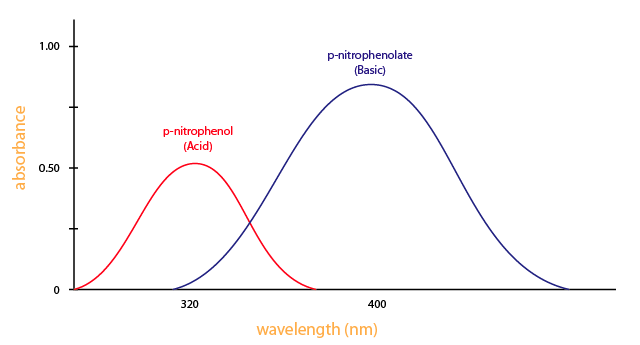
2 1 5 Spectrophotometry Chemistry Libretexts

The Relationship Between Absorbance And Concentration
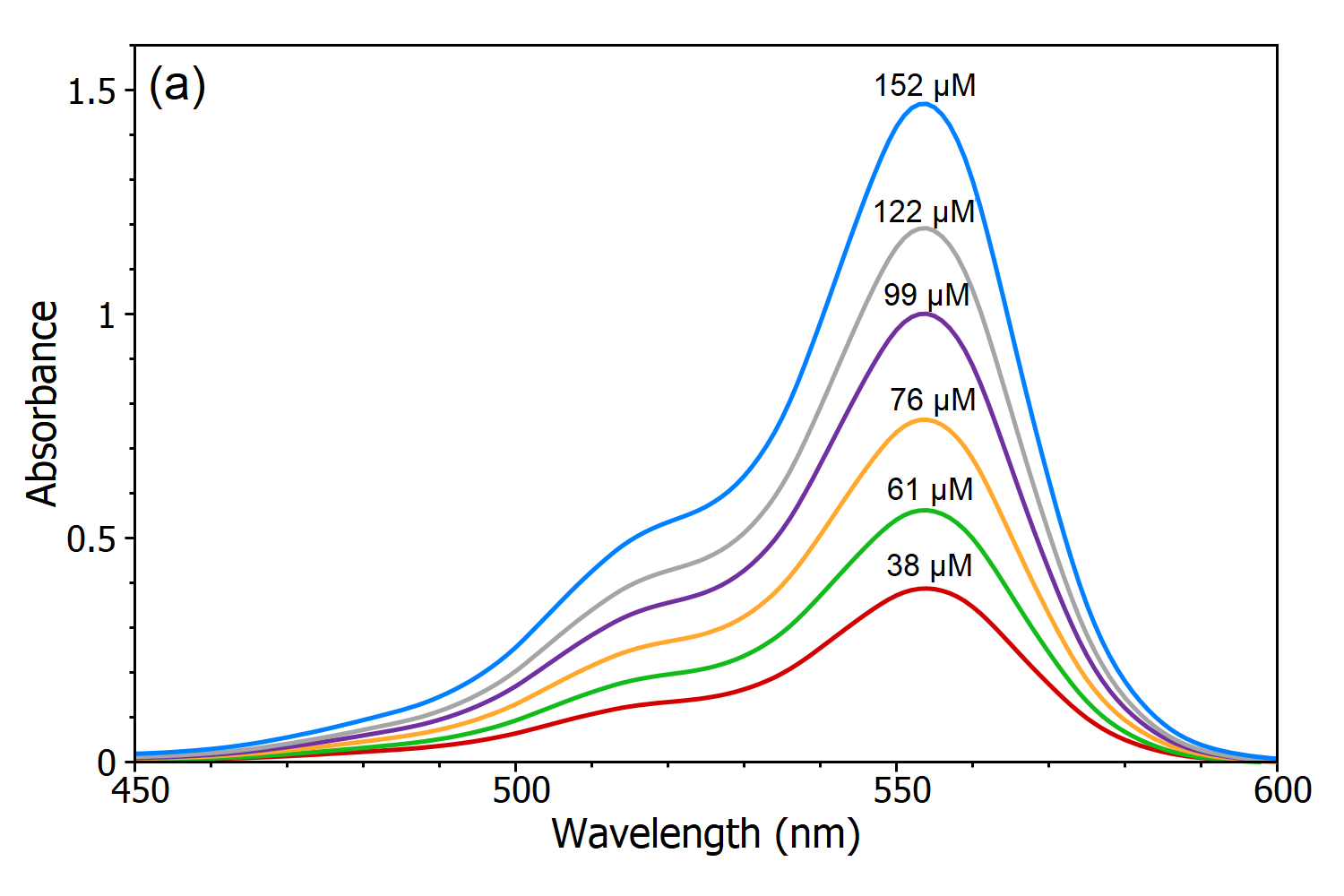
Beer Lambert Law Transmittance Absorbance Edinburgh Instruments

What Is Absorbance Absorbance Measurement Absorbance Assays Molecular Devices
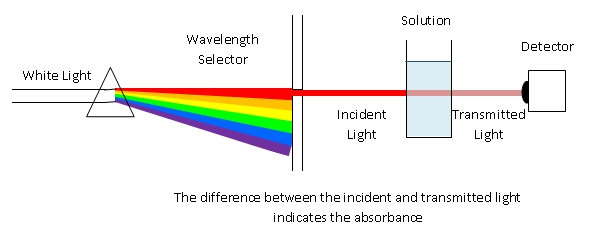
Introduction To The Spectrophotometer Society For Mucosal Immunology

Q8vmwglub3xrlm
Absorption Spectroscopy Of Haemoglobin Species Deranged Physiology

Ultraviolet Visible Uv Vis Spectroscopy Protocol

